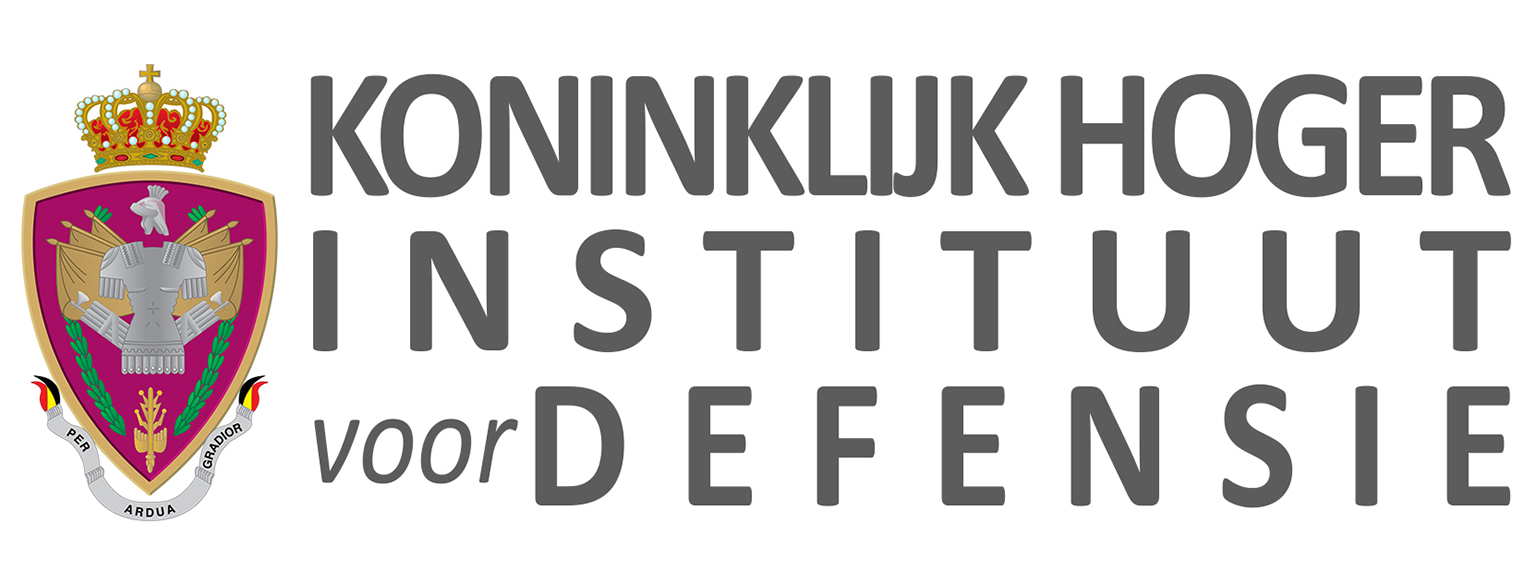Space technologies

Although Space has long been on the frontline of military research for major nations, the last decade, access to space has been drastically improved for smaller nations and for civilian (non-state) operators.
Military operations rely heavily on services provided by space systems, but the space domain itself has been declared an operational domain by NATO in 2019, and Belgian Defence also emphasised this evolution by renaming the Air Component to Air & Space component. This is why all existing and future research activities in the space domain are regrouped under this research area.
This domain covers satellites and spacecraft, including launchers or any other device used for their launching or positioning, as well as all specific technologies to be implemented in space.
It is a key domain wherever more international actors, whether they are governmental (including military) or civilian actors, come forward more and more actively. Proportionally, Belgium has always invested a lot in this sector and has developed a considerable industrial base.
In the past, Defence (through RMA) already contributed substantially, in a European framework, to the “Global Navigation Satellite Systems (GNSSs)”. Vis-à-vis these developments, Defence will also have to broaden the research activities in this domain, coherently with its level of ambition and its capabilities development in the five domains of “Space Force Enhancement”, that is to say:
– Earth observation for intelligence purposes: algorithm development, image processing through artificial intelligence and other methods likely to improve the exploitability and relevance of images from space;
– GNSS: enhancement of the resilience of navigation and timing systems, development of solutions for operating in a GNSS-denied environment;
– Satellite Communications (SatCom): scope detailed in research areas A2 in a spatial context (see remark);
– Space Weather: development of exploitable standardised products, improvement of exploitability and relevance of scientific predictions;
– Space Situation Awareness: developing capabilities to operate both from space and from the ground.
Moreover, this research area will also cover matters such as:
– Research and technologies aiming at designing, developing and launching into orbit micro- and mini satellites;
– All the details inherent to the launching into space and the stay in space, both in terms of mass/volume limitations and resistance to extreme temperature conditions;
– The constraints related to resilience in case of natural damages or even attacks targeting systems used in the space.
Remark: communication technologies are the subject of the dedicated research area “Communication Technologies” (A2). Other components or subsystems may be addressed in other research areas, especially if other application domains are possible or if we remain at a generic application level (Sensor Technologies, Cyber security, AI, Quantum, New generation energy systems, etc.).
